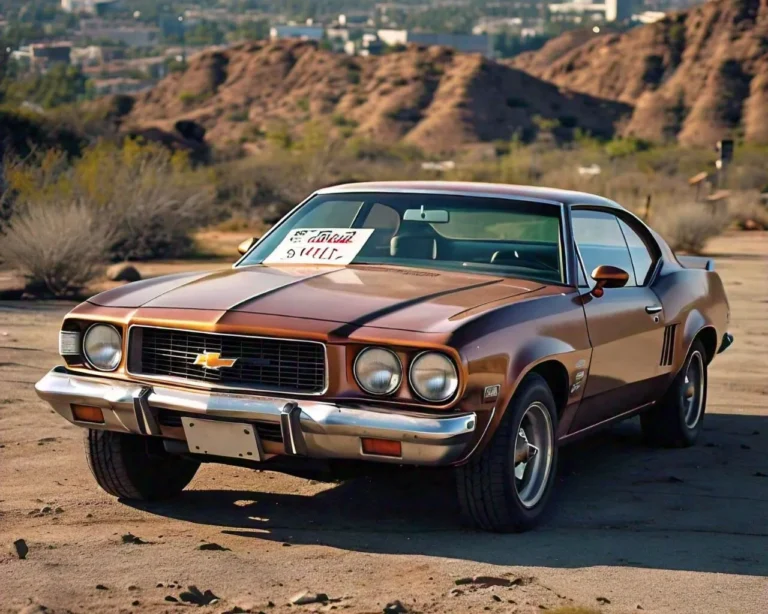Understanding the Ins and Outs of Car Leasing
Car leasing offers a unique alternative to buying a vehicle outright. With leasing, you can enjoy the benefits of driving a new car without the often hefty price tag associated with ownership. Over the years, this approach has grown tremendously in popularity, especially among those who prefer to drive the latest models without committing to long-term ownership. Understanding car leasing details can help prospective lessees make informed decisions that align with their financial and lifestyle preferences.

Different Cars, Different Terms
Leasing varies significantly based on the make, model, and year of the vehicle. When choosing to lease a specific car, like a luxury sedan or an SUV, it’s vital to understand the different terms associated with these options. Each car comes with its unique mileage allowance, lease duration, and monthly payment structures. Whether you want a Mazda CX-50 lease or a Miata, certain vehicles may necessitate higher or lower payments based on their market value and depreciation rates. In general, a standard car lease can last from two to five years, limiting the miles driven annually. Most leases have a maximum of 10,000 to 15,000 miles per year, with noticeable penalties applied for exceeding that limit. For those who drive long distances, understanding these finer details can help avoid unexpected fees later.
Understanding Lease Payments
Monthly lease payments are calculated similarly to traditional car loans but with some important differences. The primary factor in lease pricing is the residual value of the vehicle, which is the estimated worth of the car at the end of the lease term. The higher the residual value, the lower your monthly payment will typically be, which is beneficial for lessees. Other elements that influence payments include the agreed-upon purchase price (also called the capitalized cost) and the money factor, comparable to interest rates in a regular car loan. Maintaining open communication regarding money factors and incentives from dealerships can ensure you receive competitive offers. Regularly researching leasing deals can help you uncover trends and opportunities, granting you flexibility in negotiations.
Lease End Options
At the end of the lease, you have a few options to consider. Commonly, lessees can either purchase the car for its residual value, extend the lease, or return the vehicle and lease another. Each choice involves its considerations. If you decide to purchase, keep in mind the vehicle’s overall condition and your emotional attachment to it. Extending a lease might work if you’re not ready to transition into a new vehicle but still want to keep enjoying the leased car. Returning the vehicle typically involves a thorough inspection, which can lead to fees for any excessive wear and tear. It’s wise to familiarize yourself with your lease agreement’s terms to avoid any surprises during this process.
Benefits of Car Leasing
Leasing has several advantages that can cater to diverse consumer needs. These include the potential for lower monthly payments compared to financing a purchase, smaller down payment requirements, and the opportunity to drive a new car every few years. With leasing, the peace of mind of knowing warranties typically cover maintenance costs is often a vital consideration. For those excited about technological advances in vehicles, switching to a new model through leasing allows you to experience the latest features and innovations without the burden of long-term ownership. For drivers who appreciate the freedom to regularly change vehicles, this can be a simple solution.

Drawbacks and Considerations
Despite the perks associated with car leasing, potential lessees should remain aware of the downsides. Over time, the total costs may exceed that of purchasing a vehicle outright, especially for long-term users who might otherwise enjoy a car free of payment after certain periods. The mileage limitations imposed by the leasing agreements can be a considerable drawback for those who often travel long distances. Finally, adapting to maintenance responsibilities is crucial. While many lease agreements cover maintenance, some might not, leaving lessees to foot the bill for repairs and upkeep.
Before entering a lease agreement, thoroughly assess your driving habits, financial condition, and personal preferences. Knowing your mileage needs, preferred vehicle types, and budget will help you pinpoint the best leasing options. Seek clarification from dealers and experts about terms and potential fees so that you can make a confident decision. As you explore leasing versus purchasing, weigh the pros and cons to determine which option best suits your lifestyle. Having a clear understanding of the leasing process empowers you, giving you the ability to enjoy new vehicle experiences while minimizing unnecessary costs.






